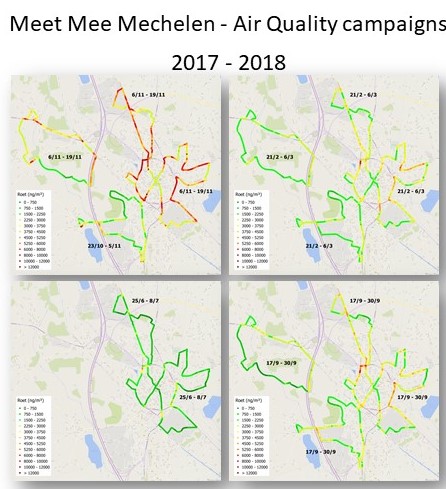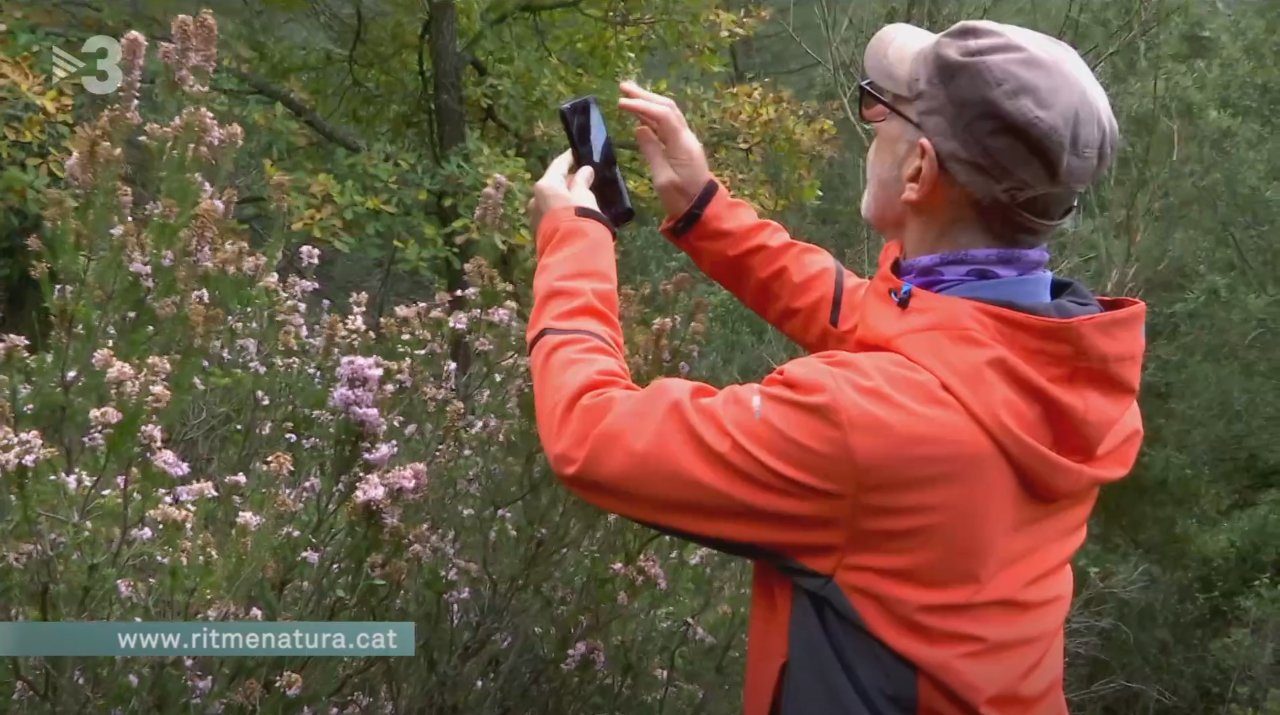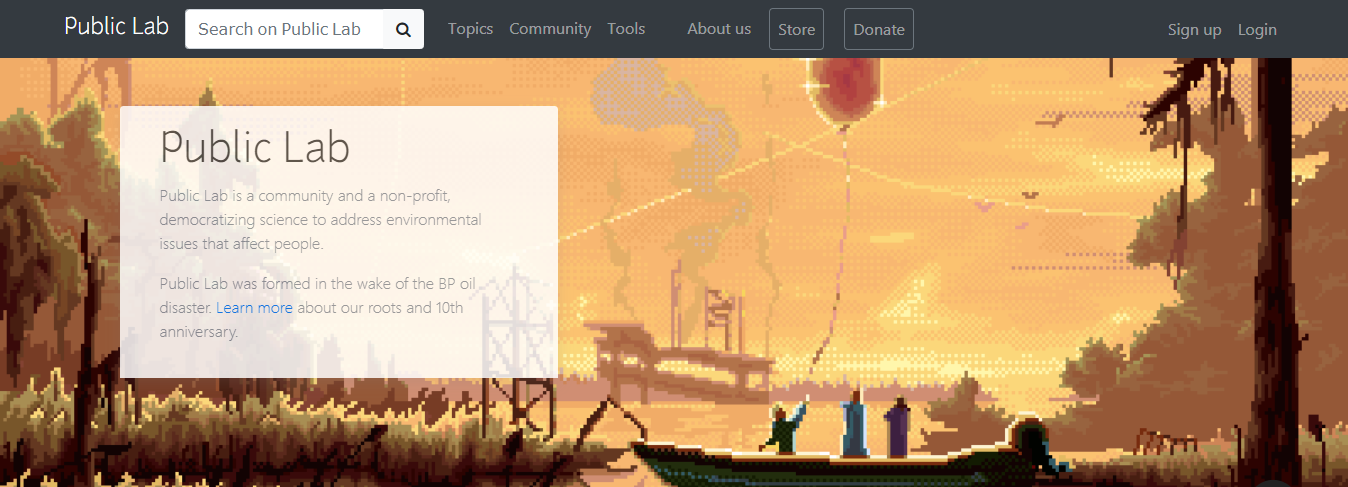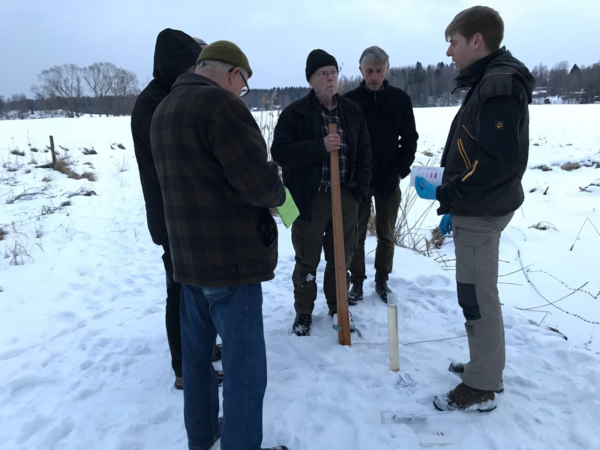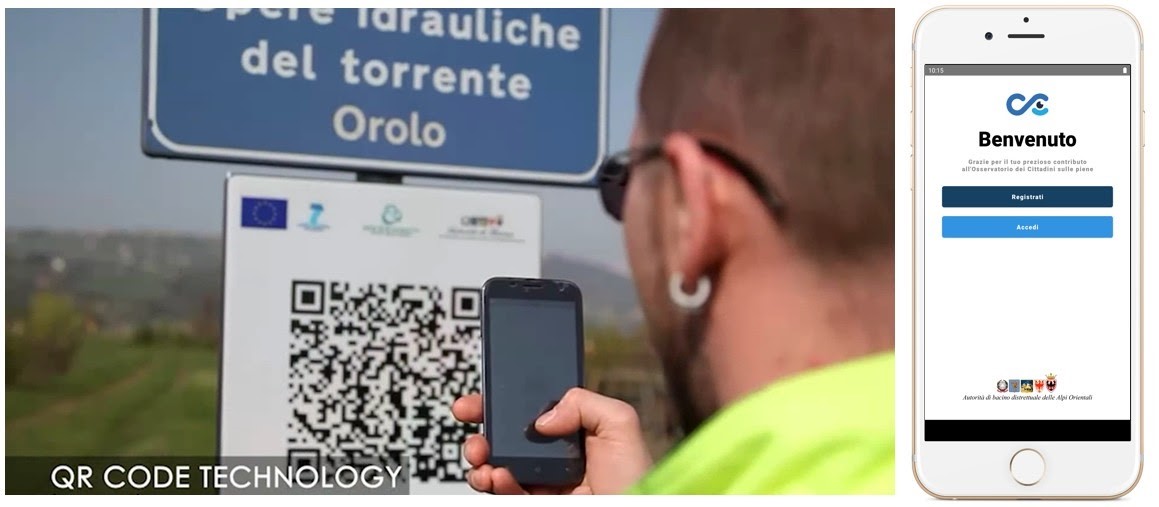Why is it relevant?
Each Citizen Observatory has its own focus and objectives, depending on the issue it is trying to address. A common characteristic among all Citizen Observatories is that they need data to demonstrate a fact or to illustrate an issue. You therefore need to know how to collect data efficiently and make sure it is scientifically sound, and also what apps and sensors can help you with this.
How can this be done?
Thanks to modern electronics and smartphones, you don’t need expensive or complicated scientific equipment to collect data. There are lots of imaginative ways to collect data about the world around you and ways to build your own sensors with a little bit of technical skill. Data collected in this way can still be useful. At the same time, collecting data should be informed by the specific scientific discipline(s) that your Citizen Observatory needs to draw on. This scientific guidance will help identify a data collection methodology that is suitable for the purpose of the Citizen Observatory (incl. app design, devices required, and the location, frequency and intensity of the observations). It will also help you to devise appropriate training for the volunteers. This will vary depending on which environmental issue you are focusing on. It requires the involvement of one or more trained scientists from those fields (more on how to engage key stakeholders here) to design the appropriate scientific methodology that ensures the Citizen Observatory’s data will be fit for its purpose.
Useful Resources
TOOL: The WeObserve Toolkit includes a wide range of open access tools developed by WeObserve’s partners, i.e., four Citizen Observatories: GROW, Scent, Ground Truth 2.0 and LandSense.
TOOL: The Scent Toolbox is a set of smart technologies designed to engage citizens in environmental monitoring. Using the Scent Toolbox apps, volunteers collect valuable environmental information. For instance, using Scent Explore, citizens can take photos and videos of changes in the environment and with Scent Measure take measurements of soil conditions.
DATA SOURCE: Natusfera is one of the largest Citizen Observatory platforms in the biodiversity domain. Participants can register, organise and share all sorts of biodiversity observations, including photo sharing and location.
DATA SOURCE: Wildlife Sightings is a free platform on which to publish, organise and manage the sighting data of birds, insects, mammals, amphibians, reptiles, aquatic, plants.
DATA SOURCE: SPOTTERON is a smartphone app system (Android and iPhone) for documenting localised and specific sightings. The collected data is edited for evaluation and represented on maps.
DATA SOURCE: The EOSDIS WorldView app from NASA provides the capability to interactively browse over 800 global, full-resolution satellite imagery layers and then download the underlying data. Many of the available imagery layers are updated within three hours of observation, essentially showing the entire Earth as it looks ‘right now’. This supports time-critical application areas such as wildfire management, air quality measurements and flood monitoring. Arctic and Antarctic views of many products are also available for a ‘full globe’ perspective.
DATA SOURCE: ESA SNAP (Sentinel Application Platform). SNAP provides a common architecture for all Sentinel Toolboxes, as well as toolboxes to handle data from other satellite sensors. The different toolboxes implemented for SNAP not only allow users to open, visualise and export satellite data, but they also allow the user to apply different levels of processing, from simple data pre-processing steps to fairly advanced processing chains that can be set up (and batch run) through the Graph Builder tool.
You may also be interested in:
This work by parties of the WeObserve consortium is licensed under a Creative Commons Attribution-ShareAlike 4.0 International License. ![]()


